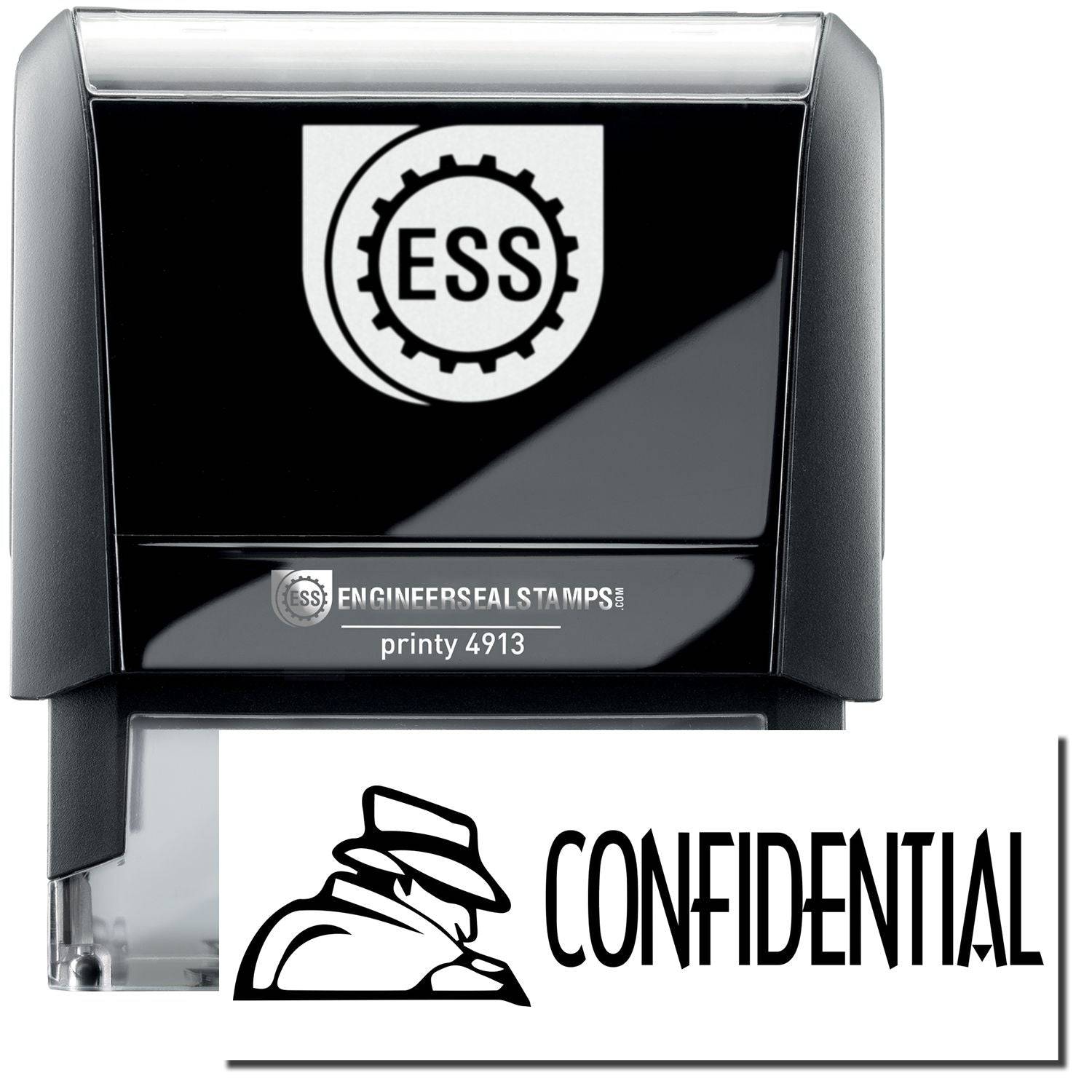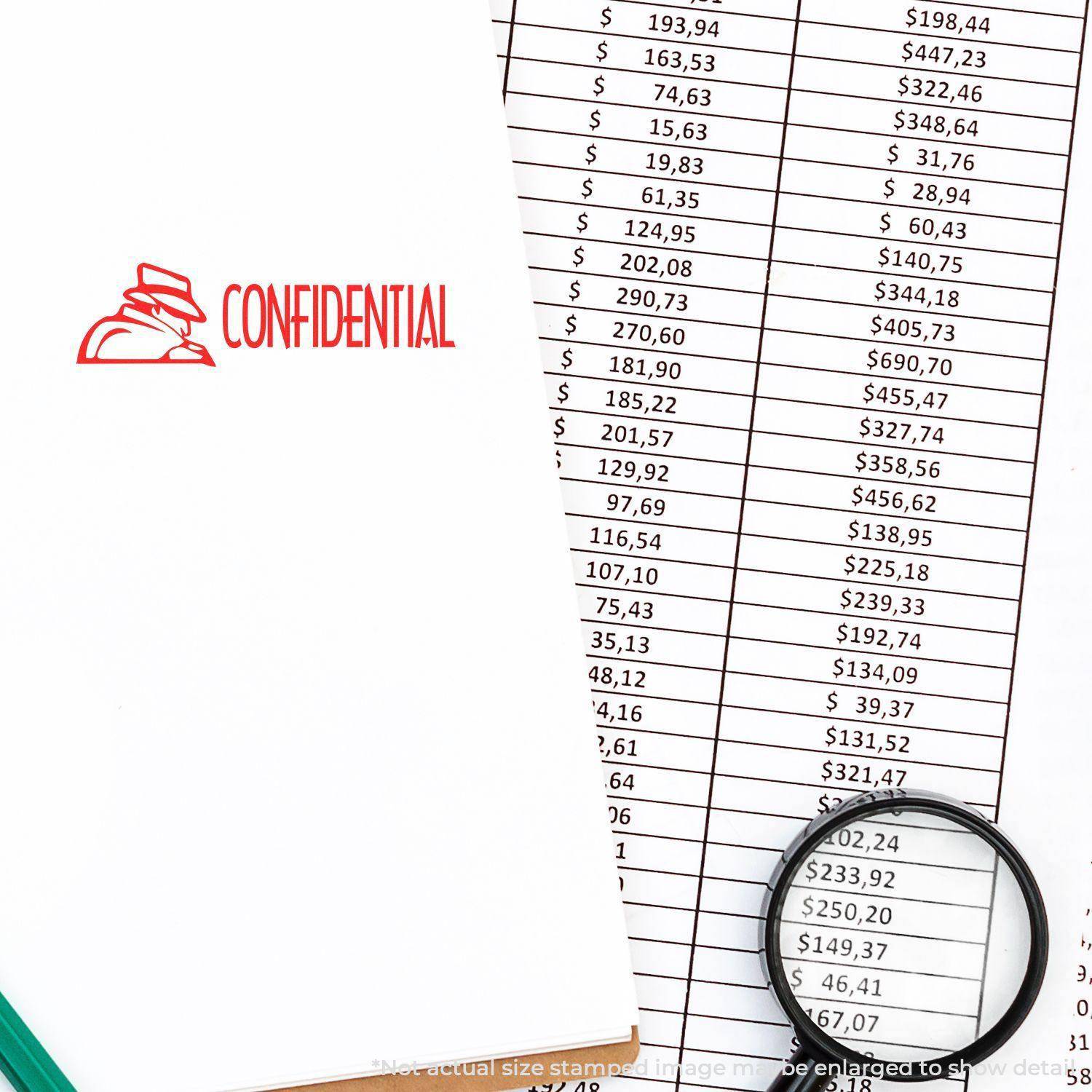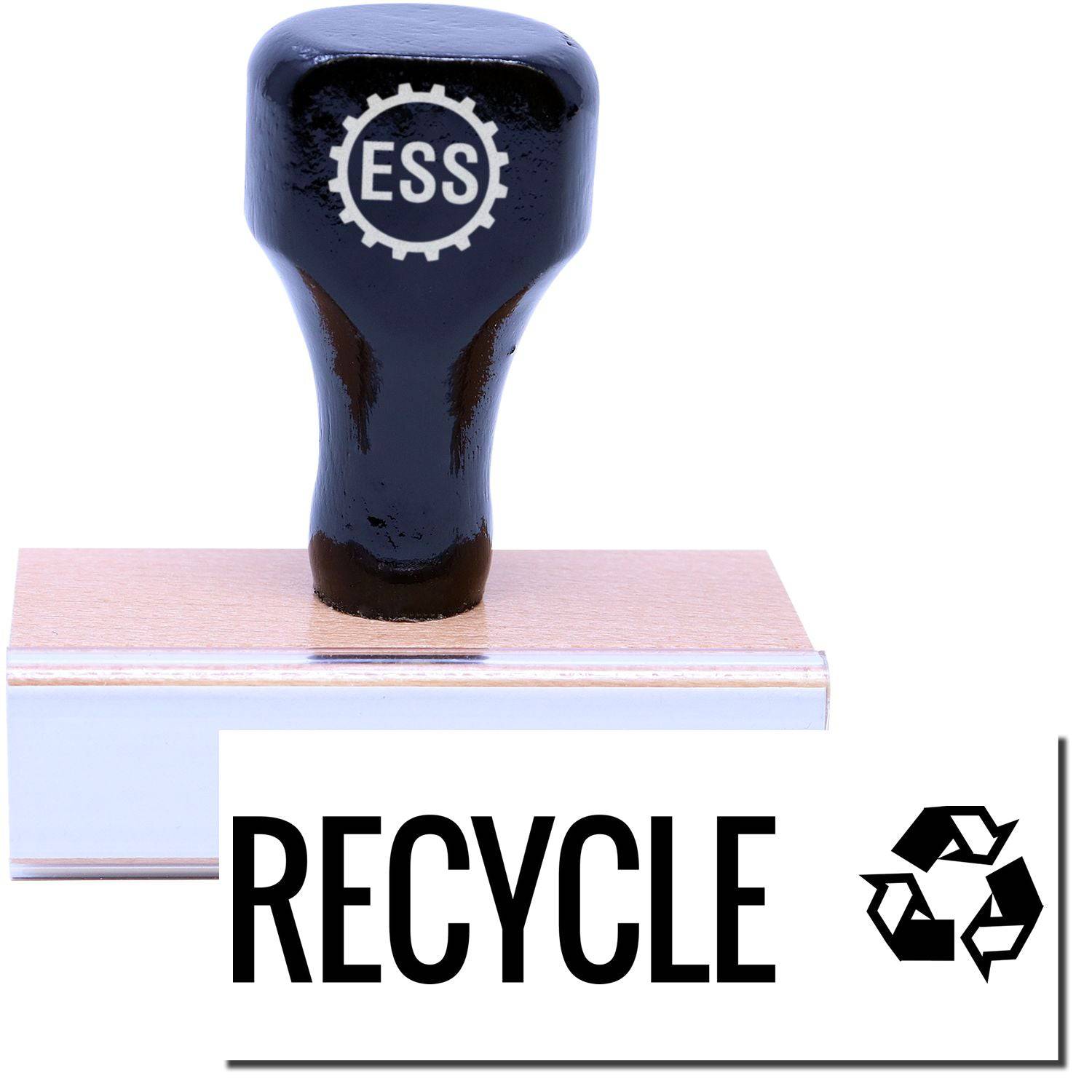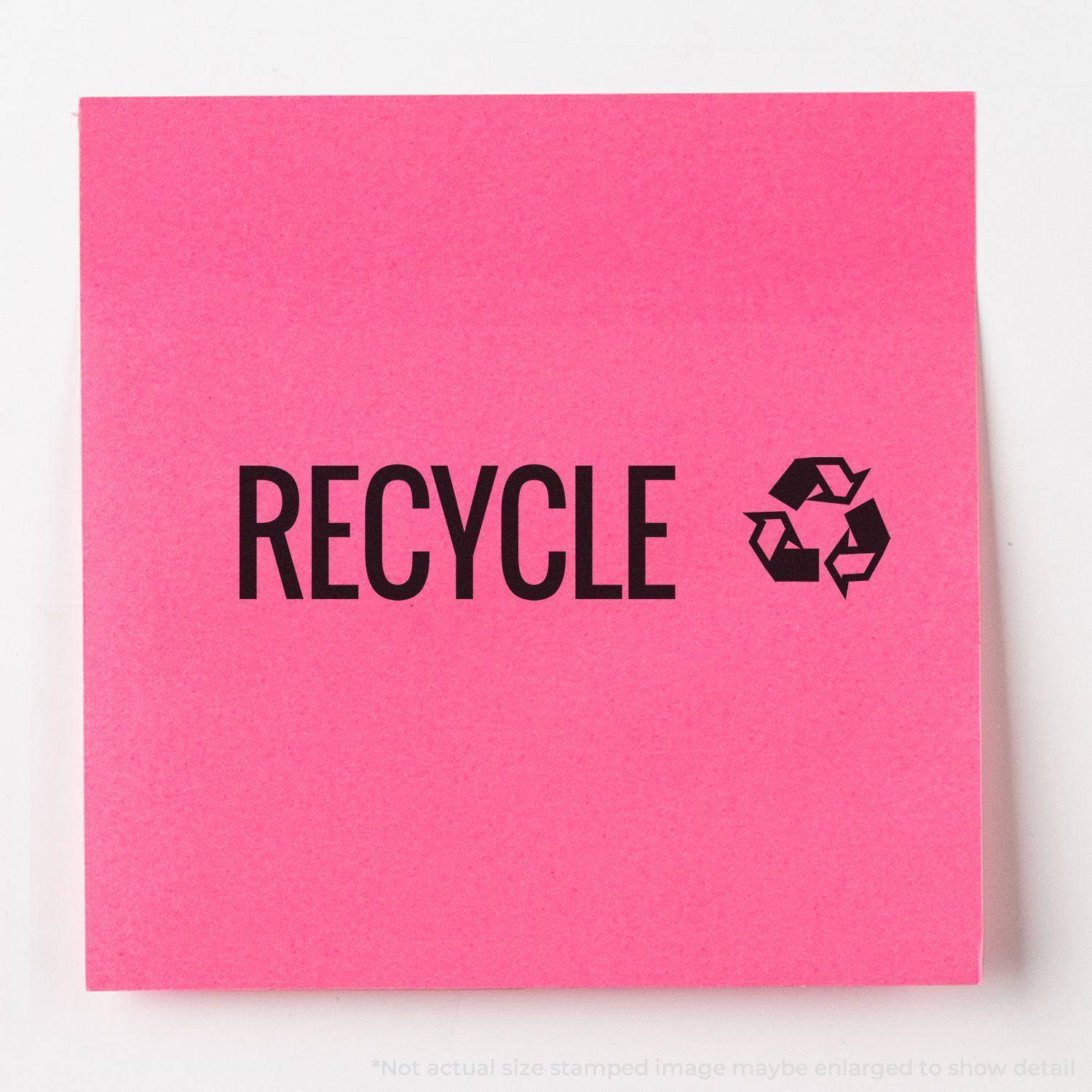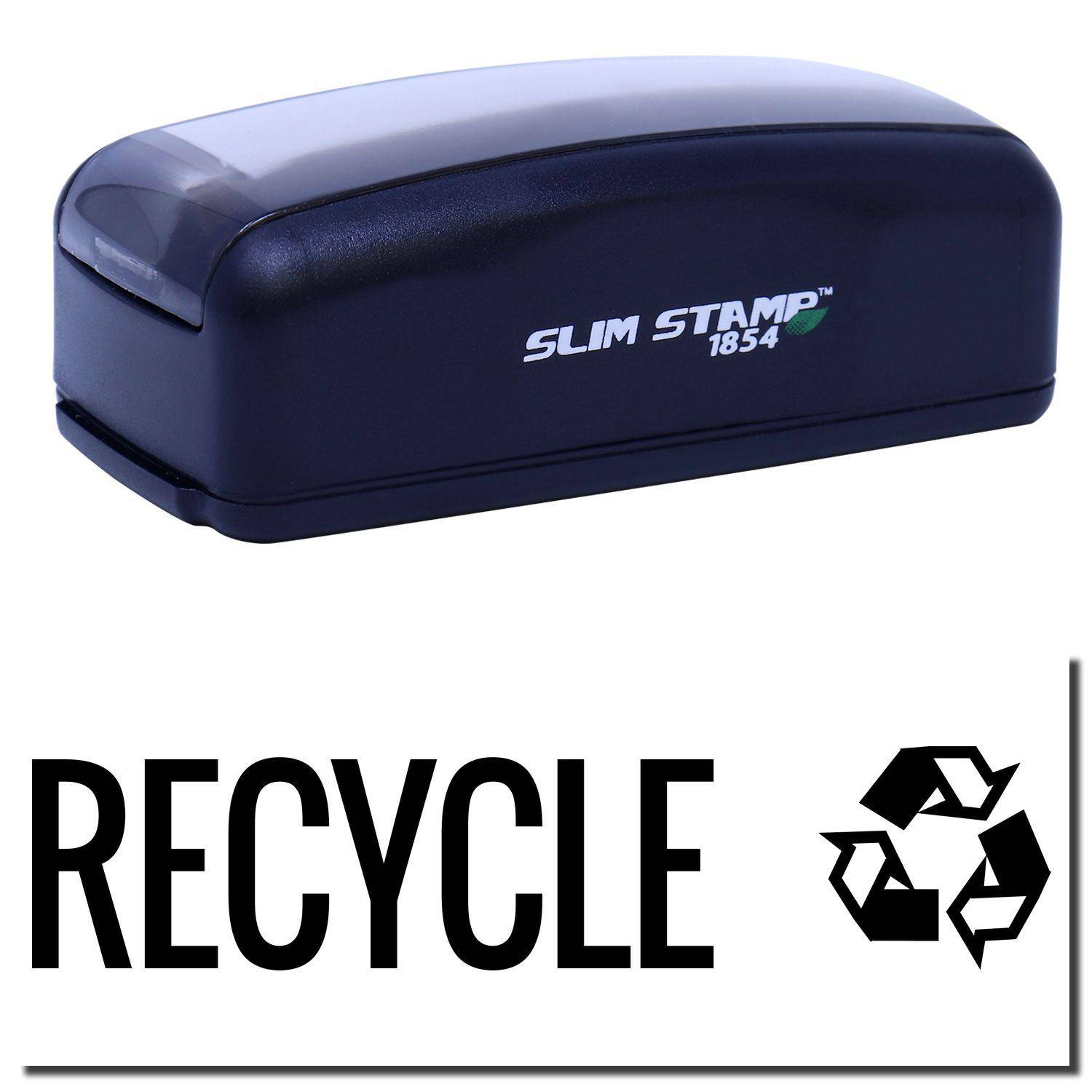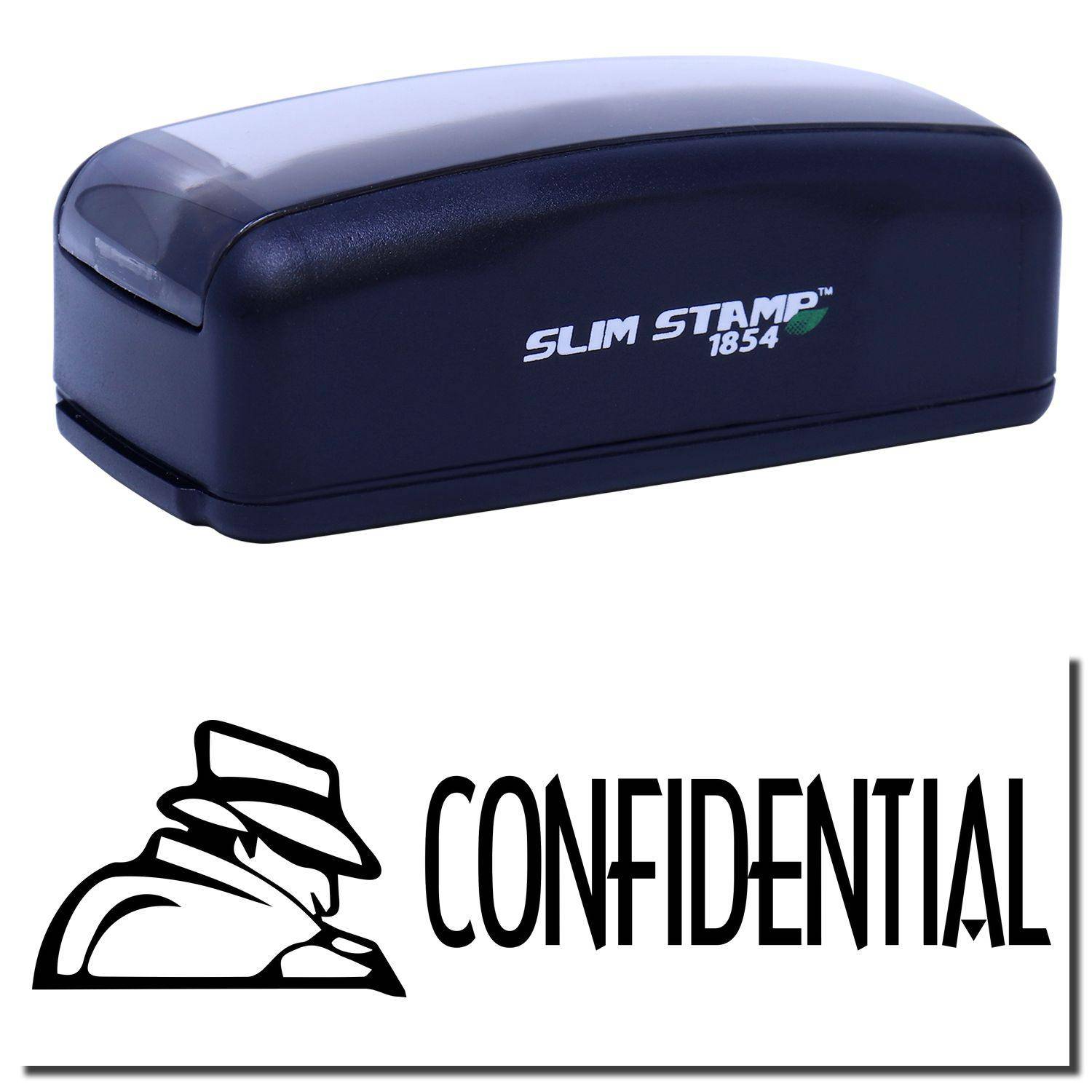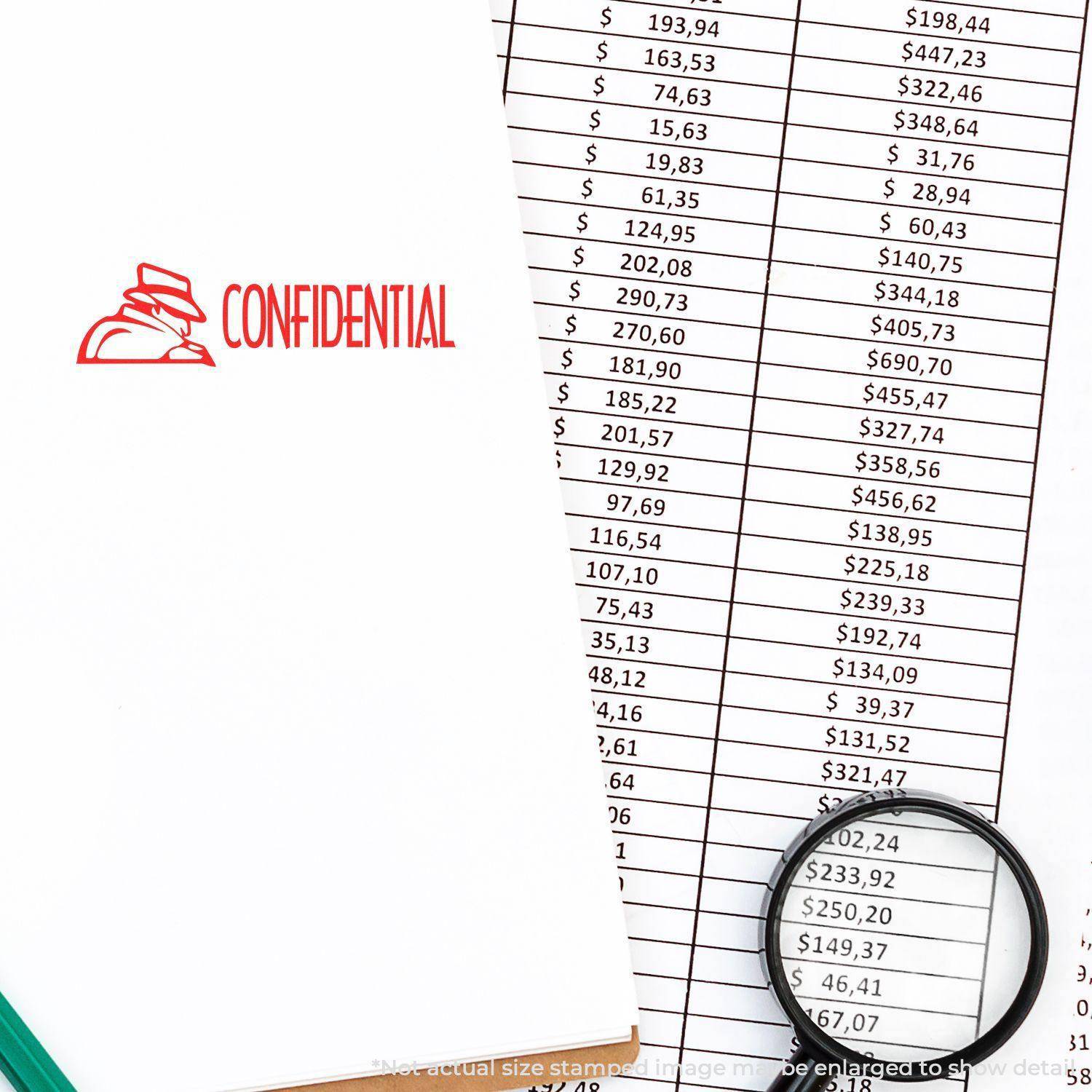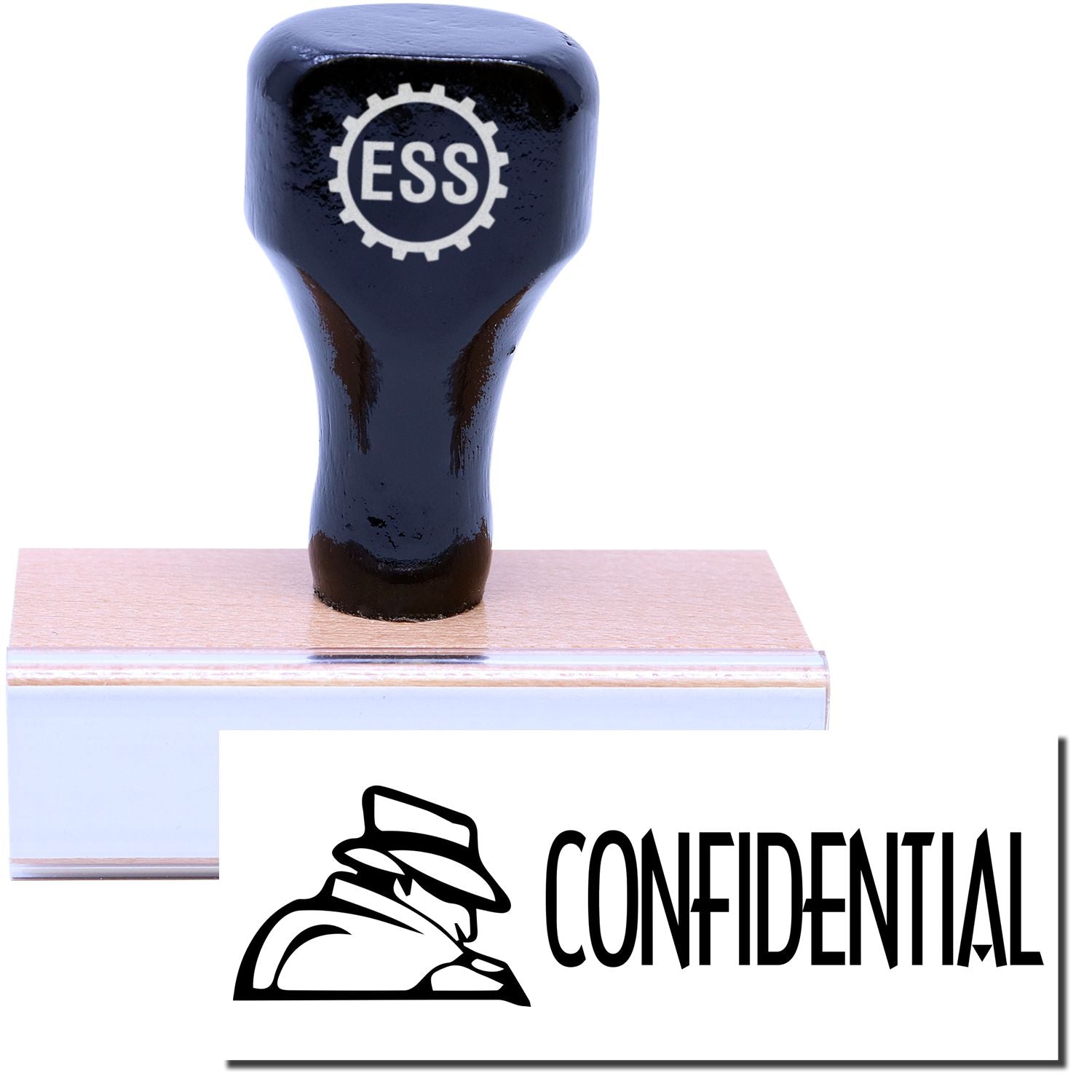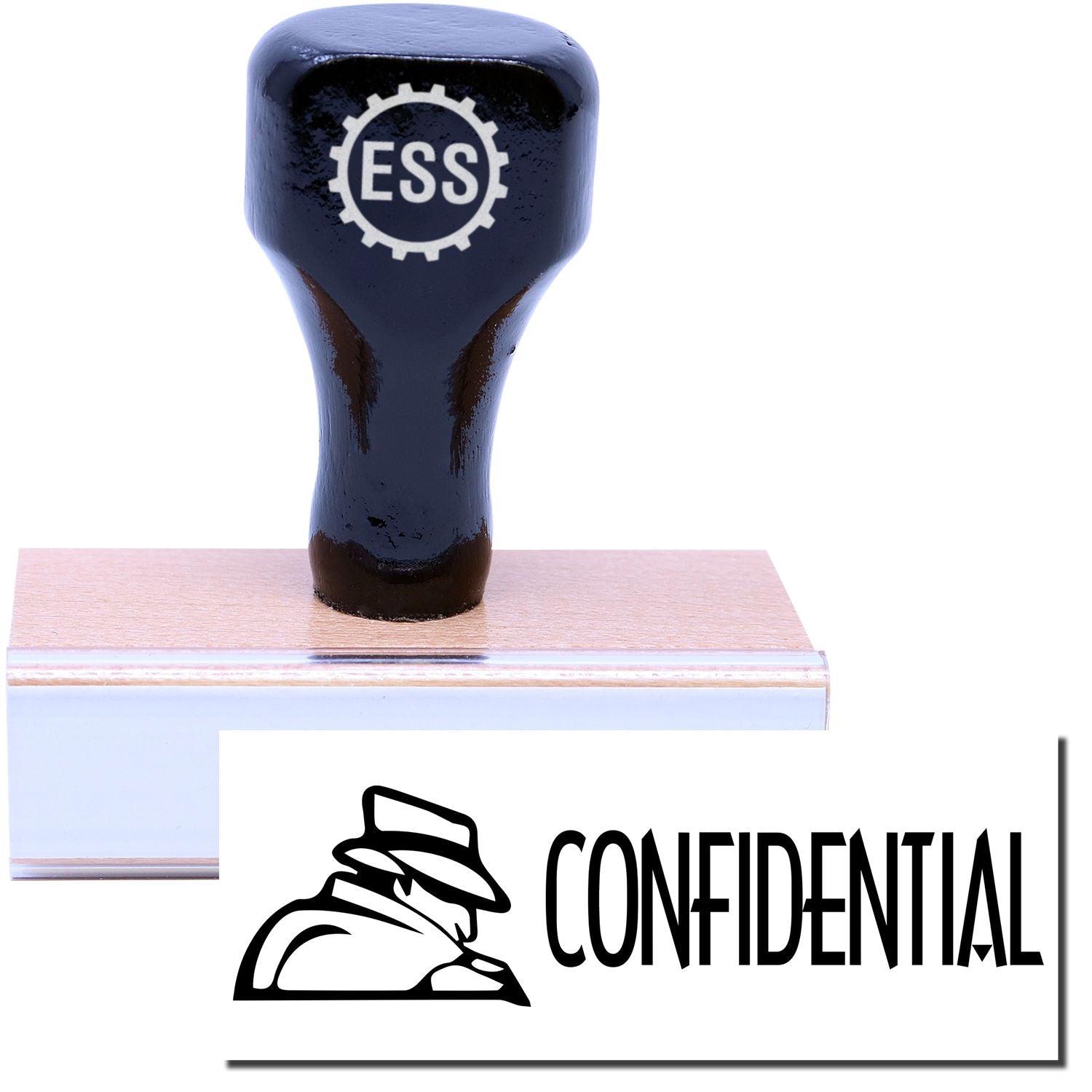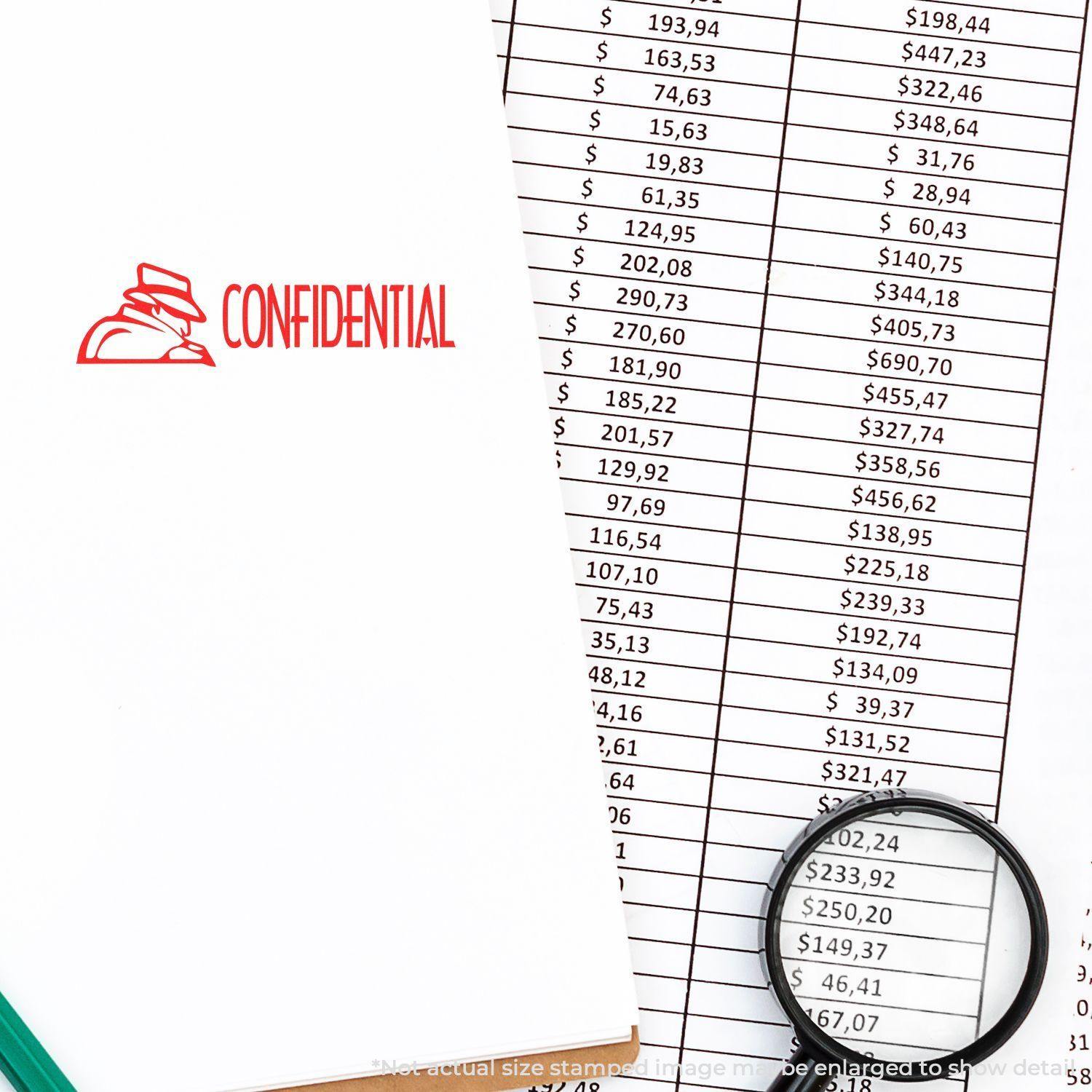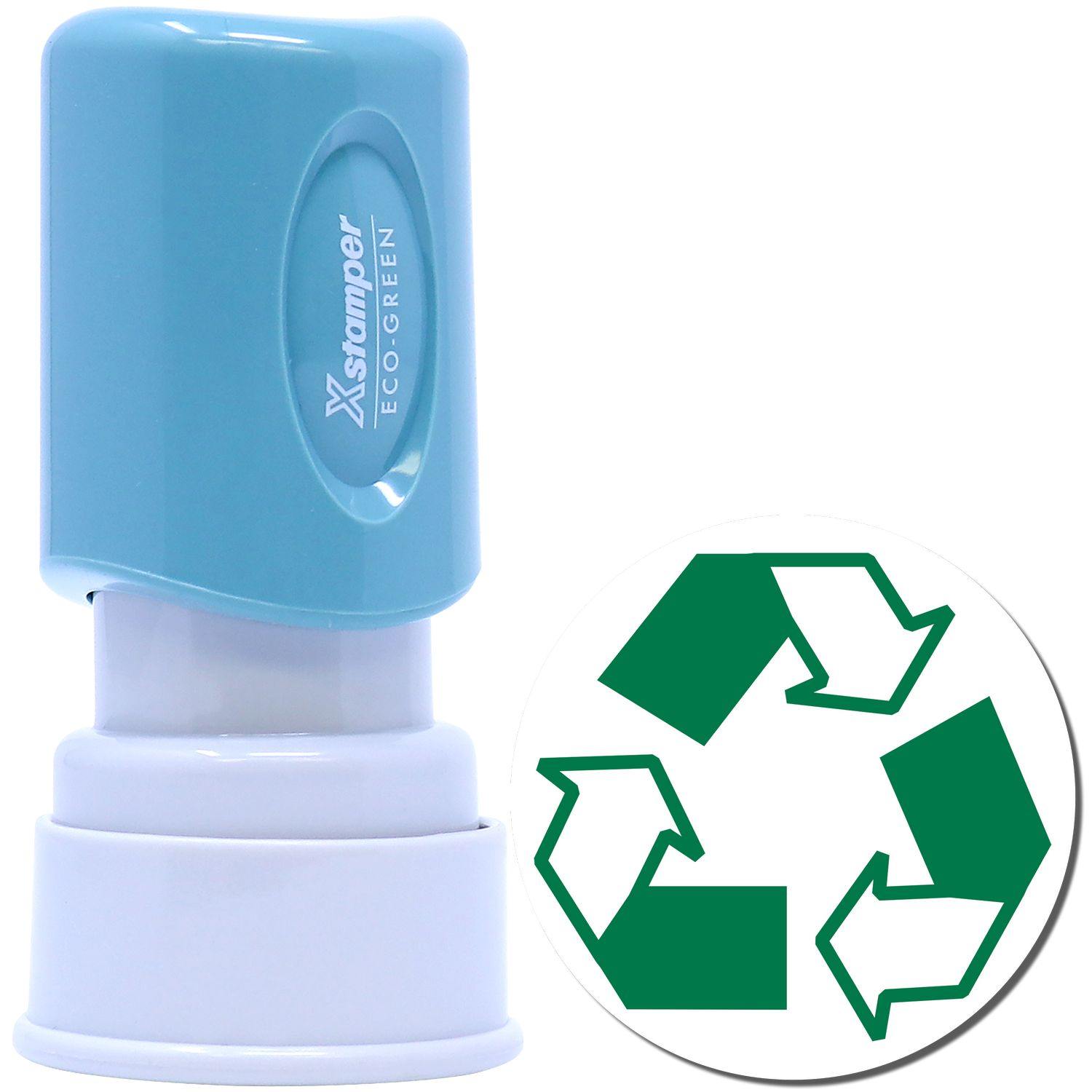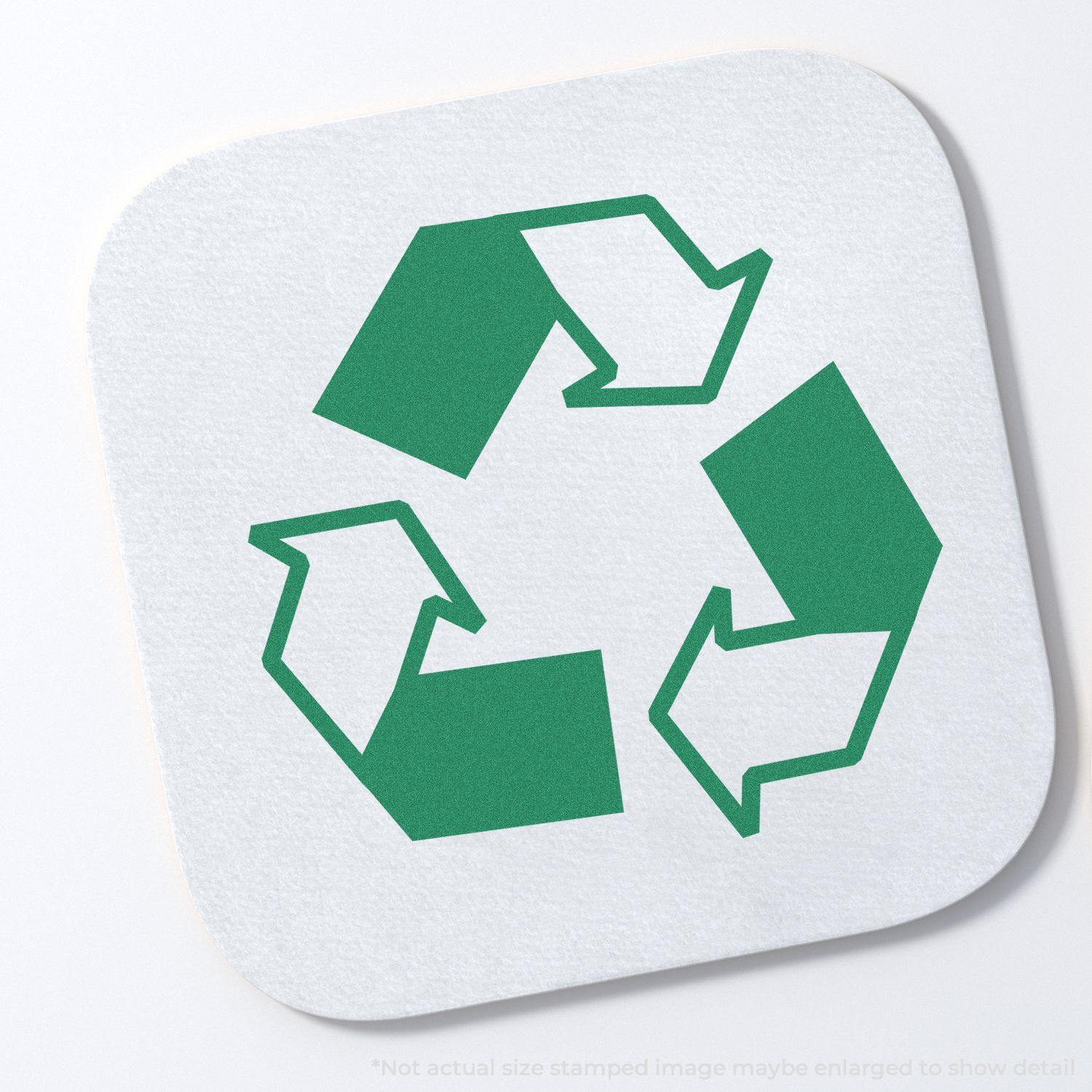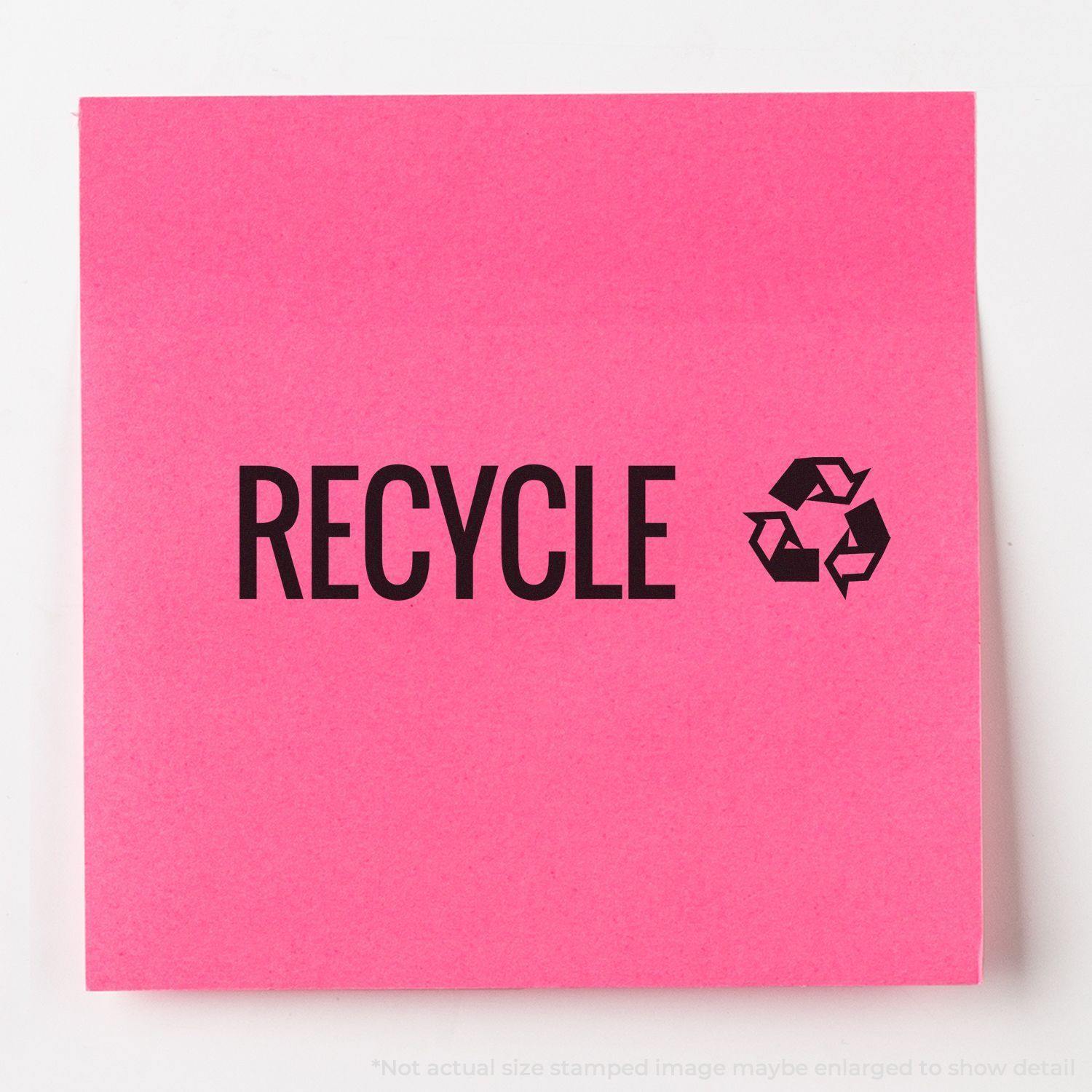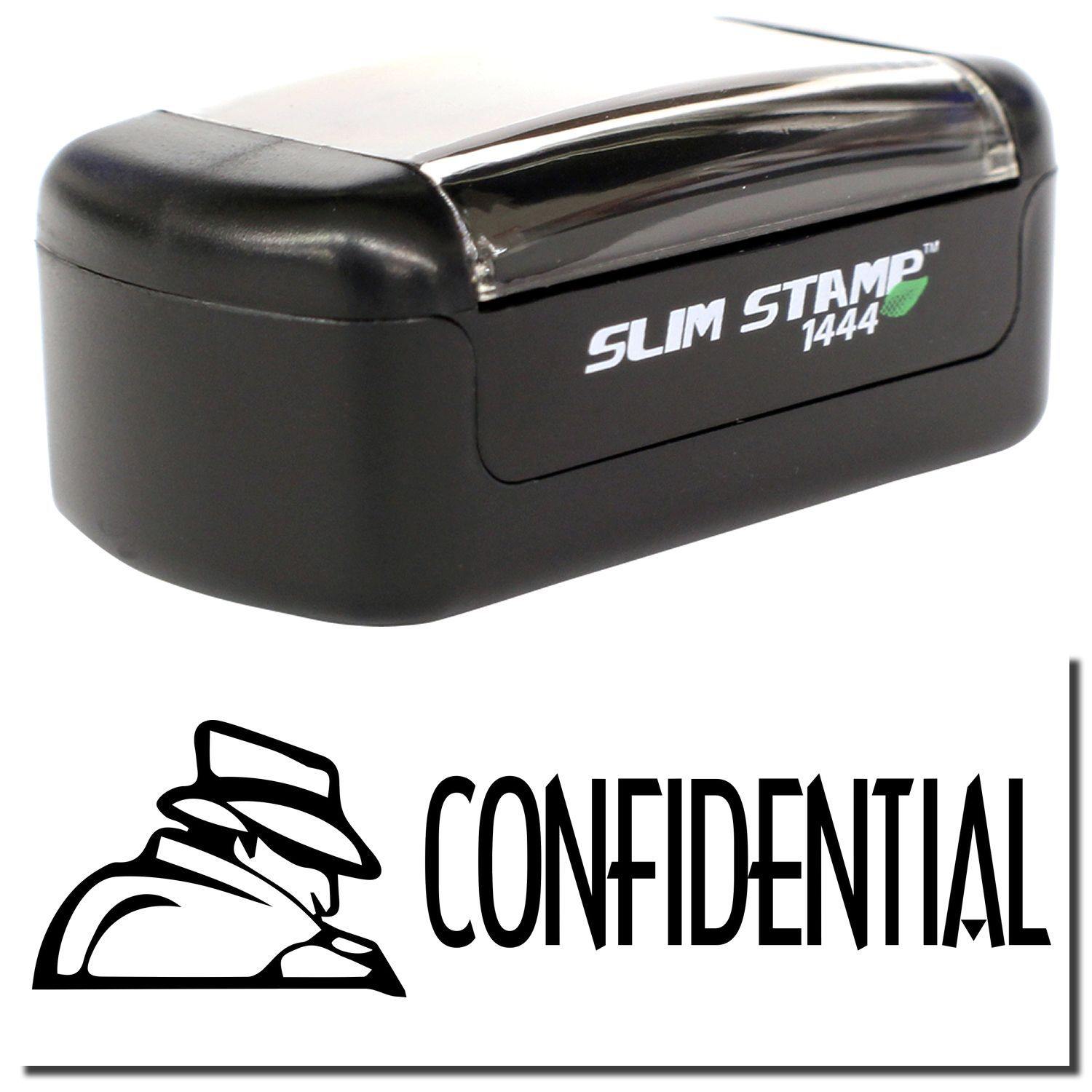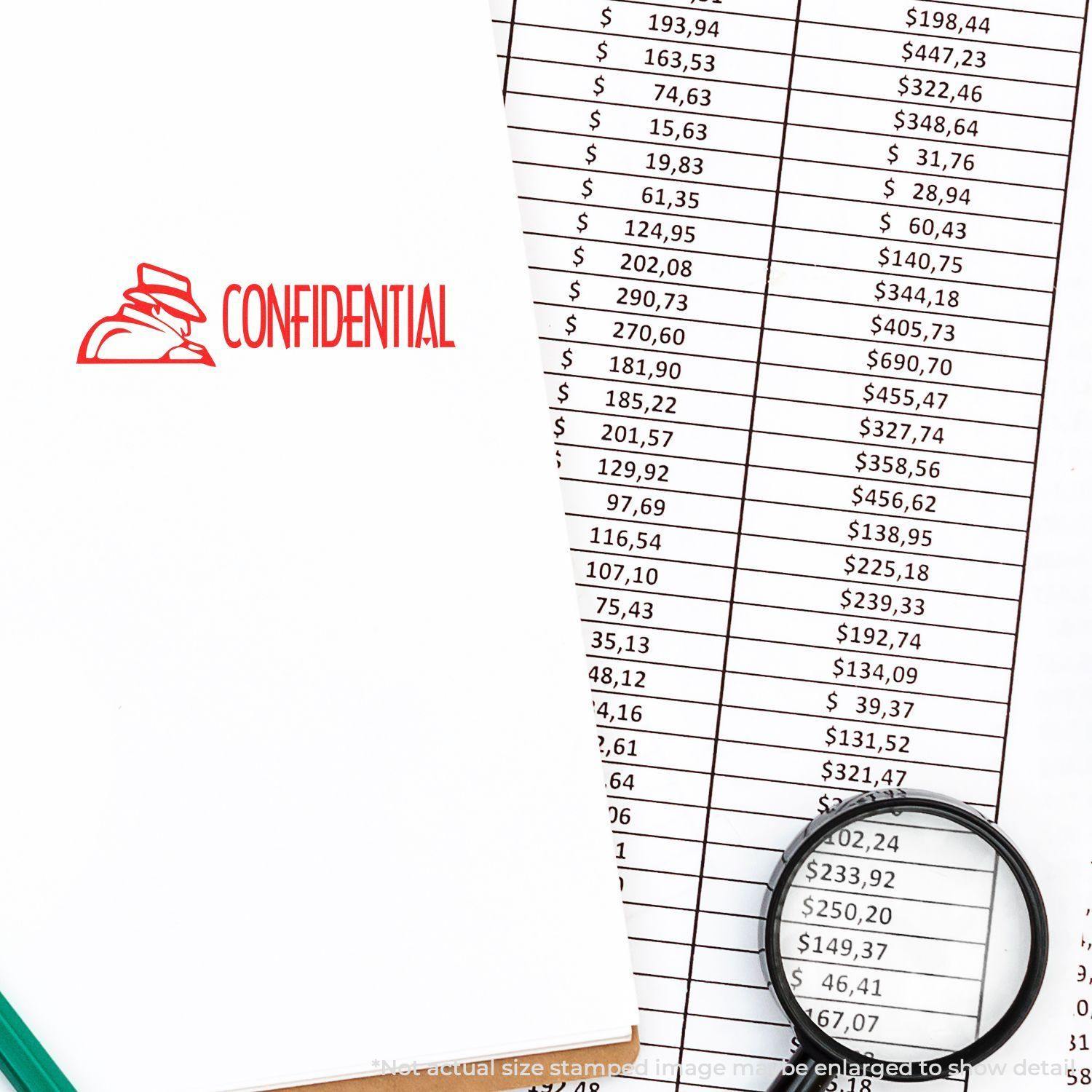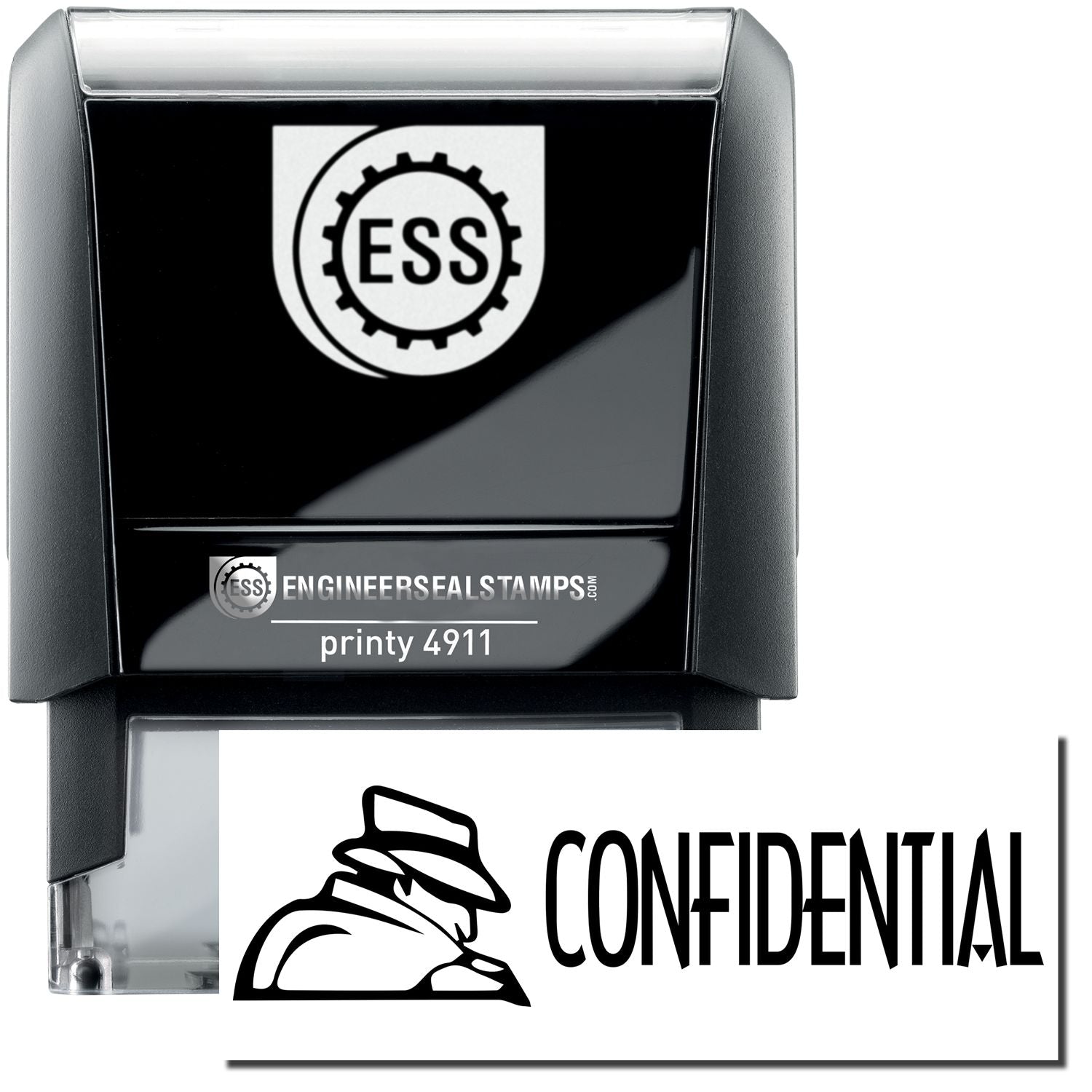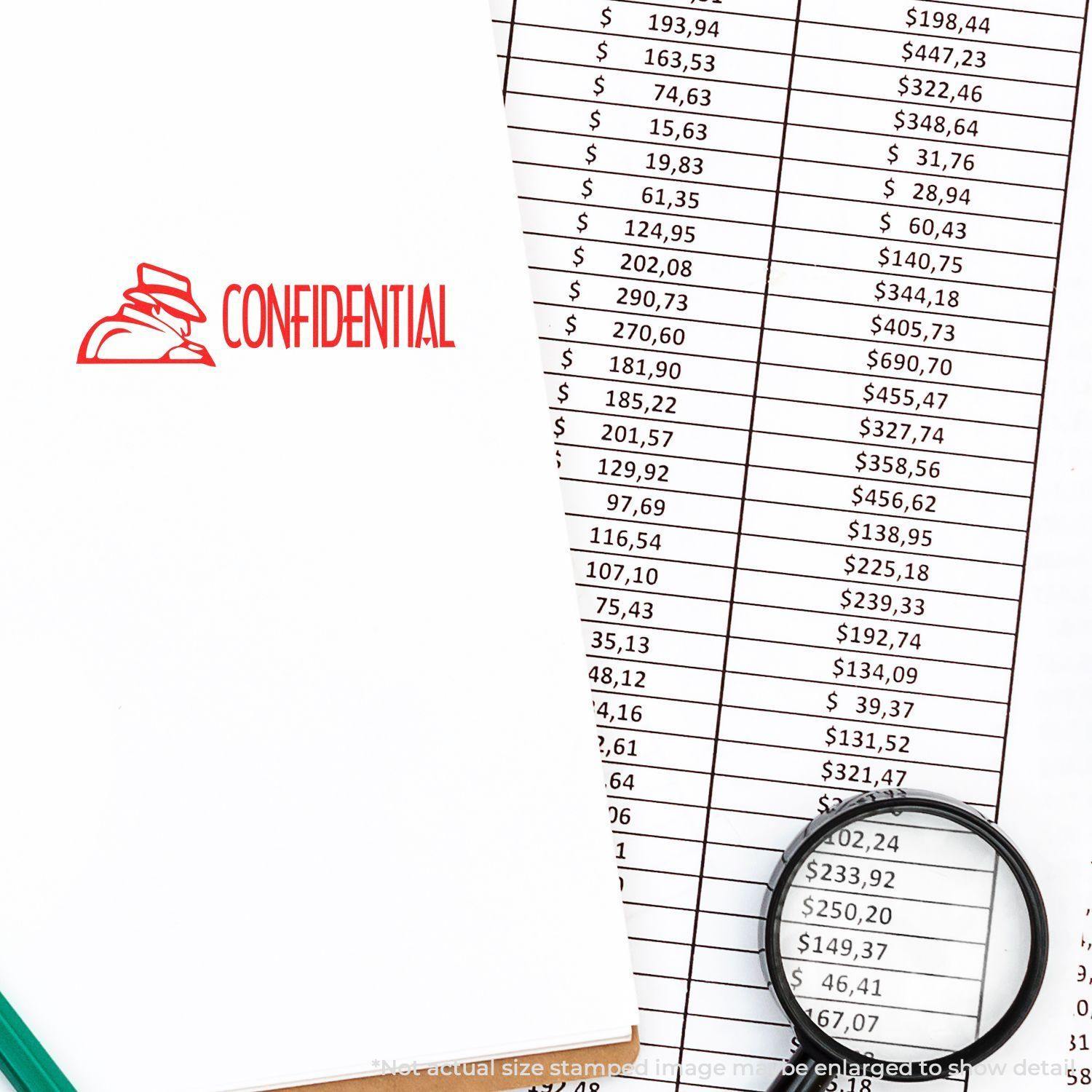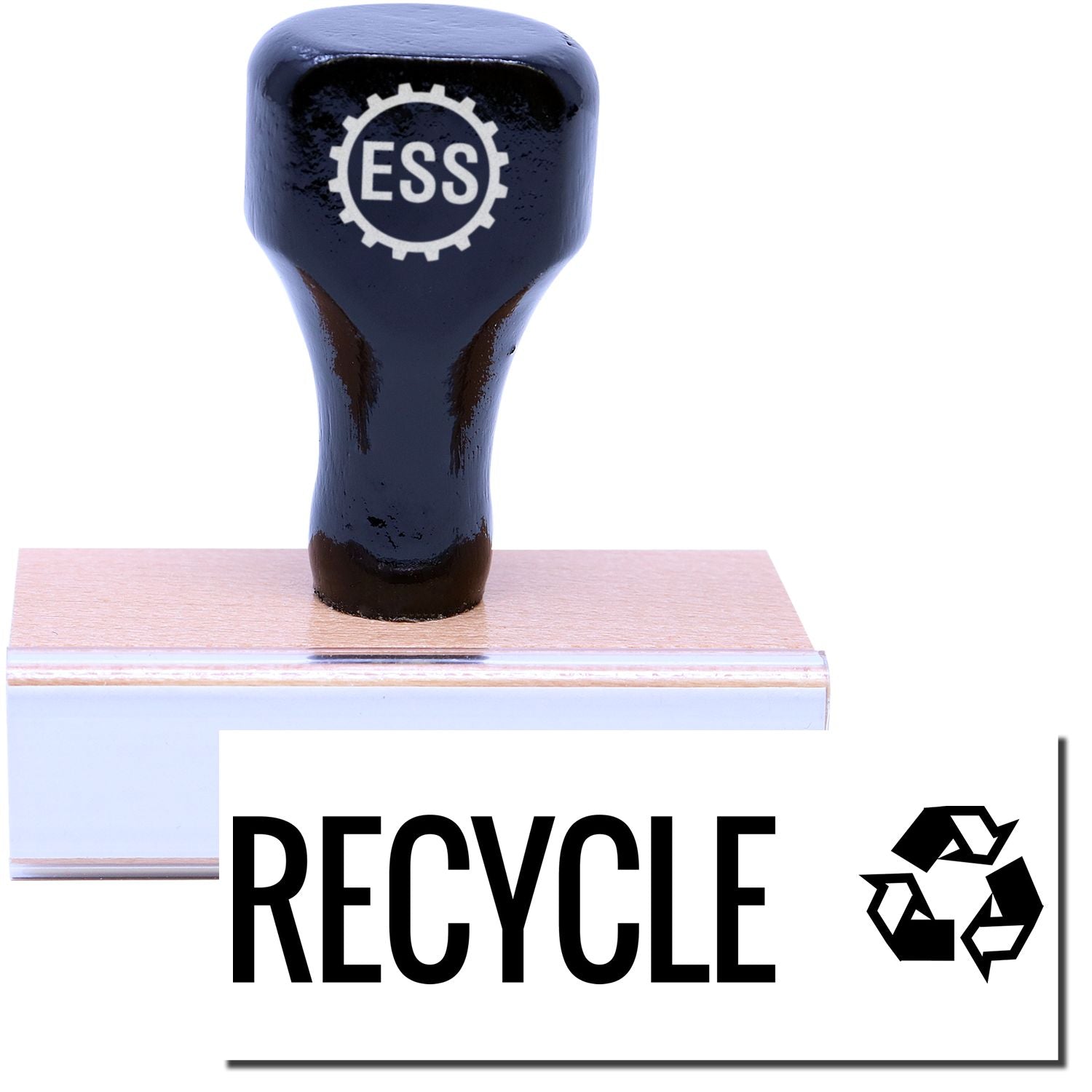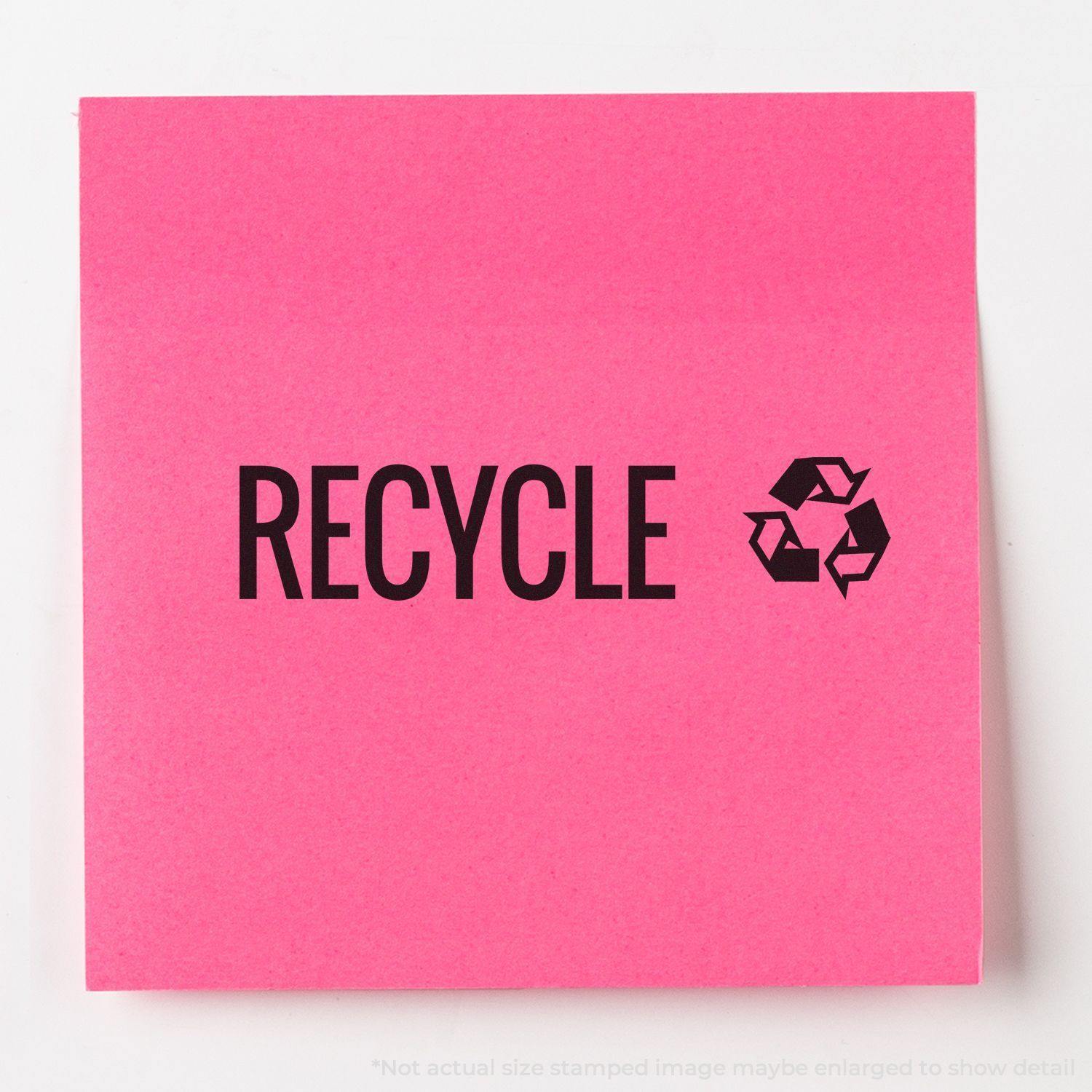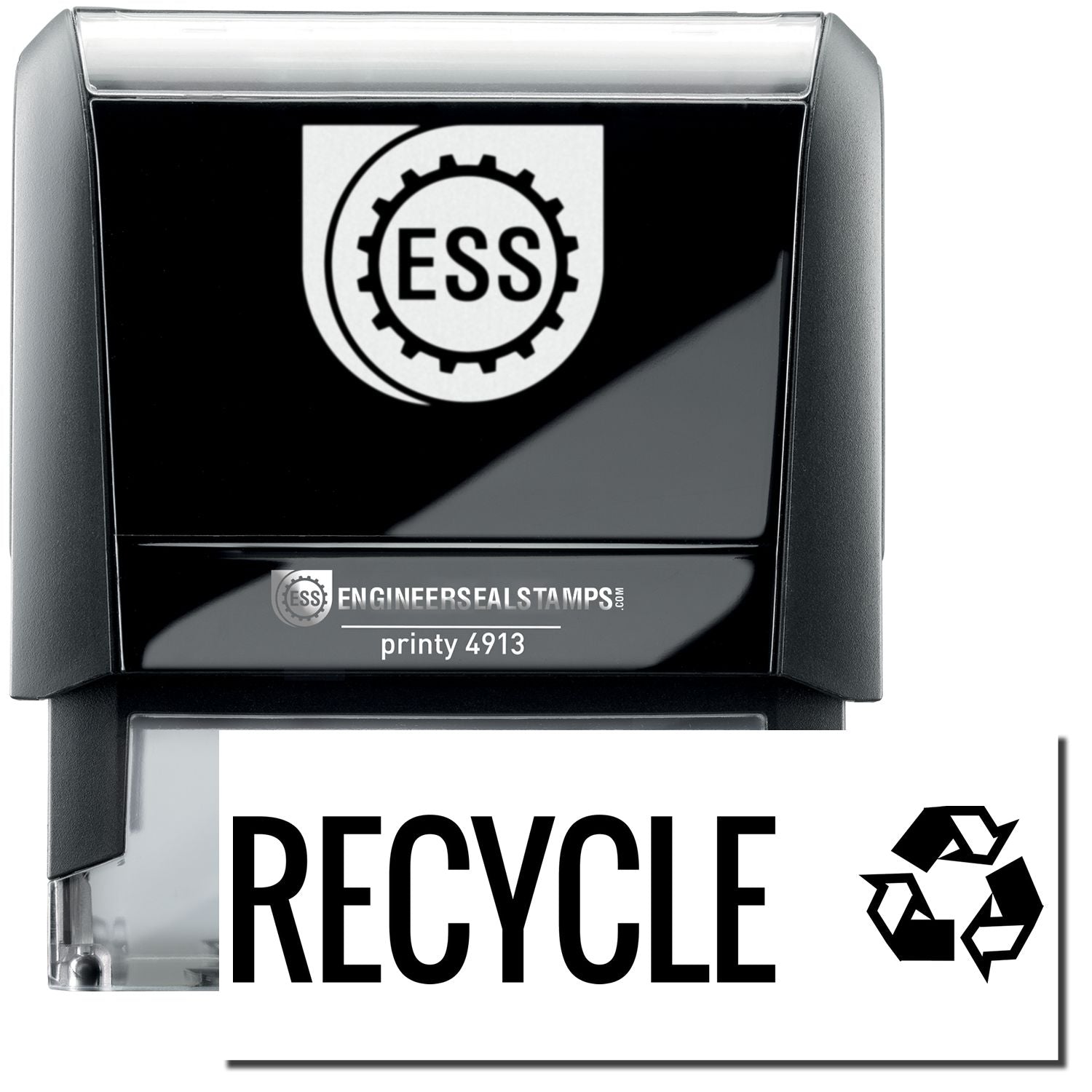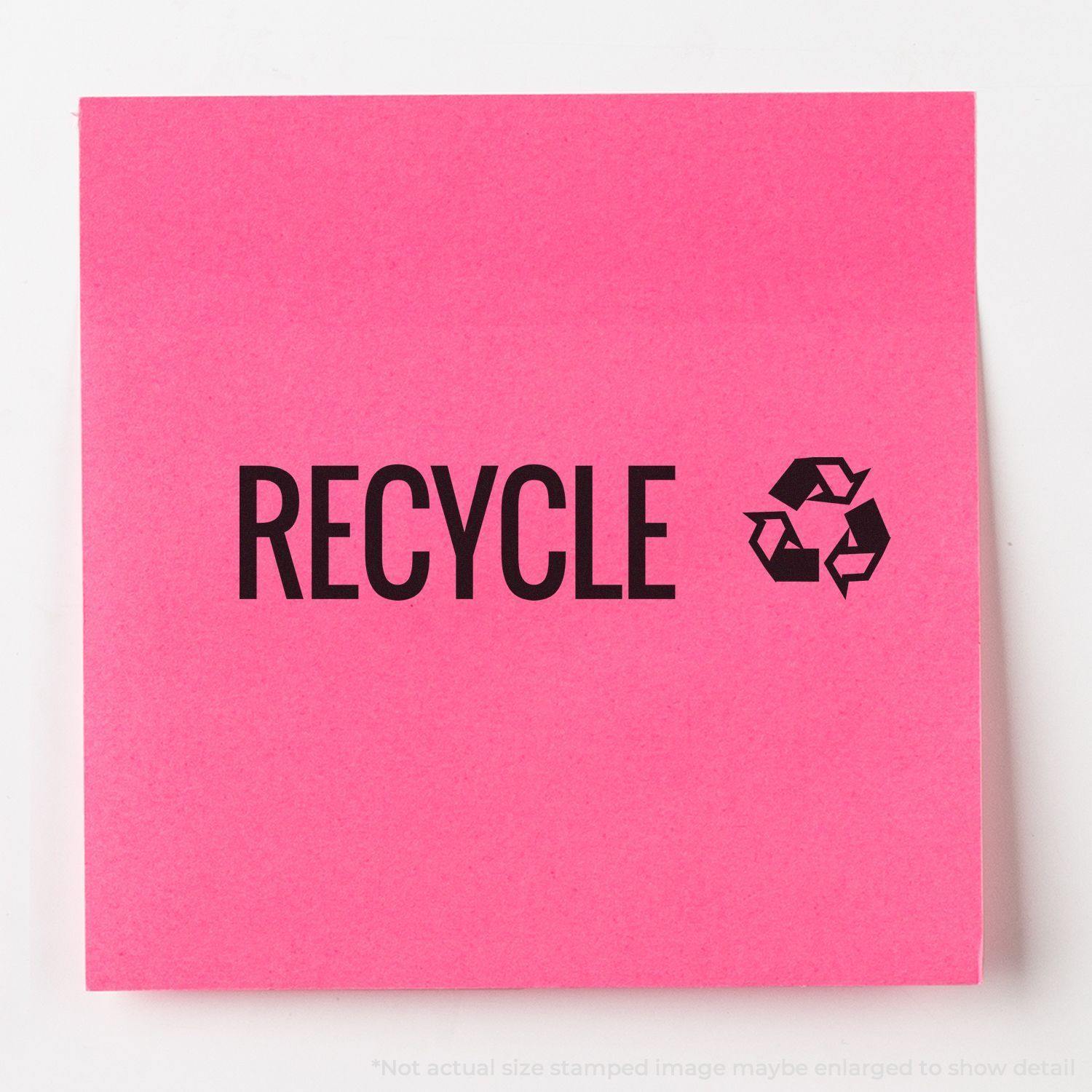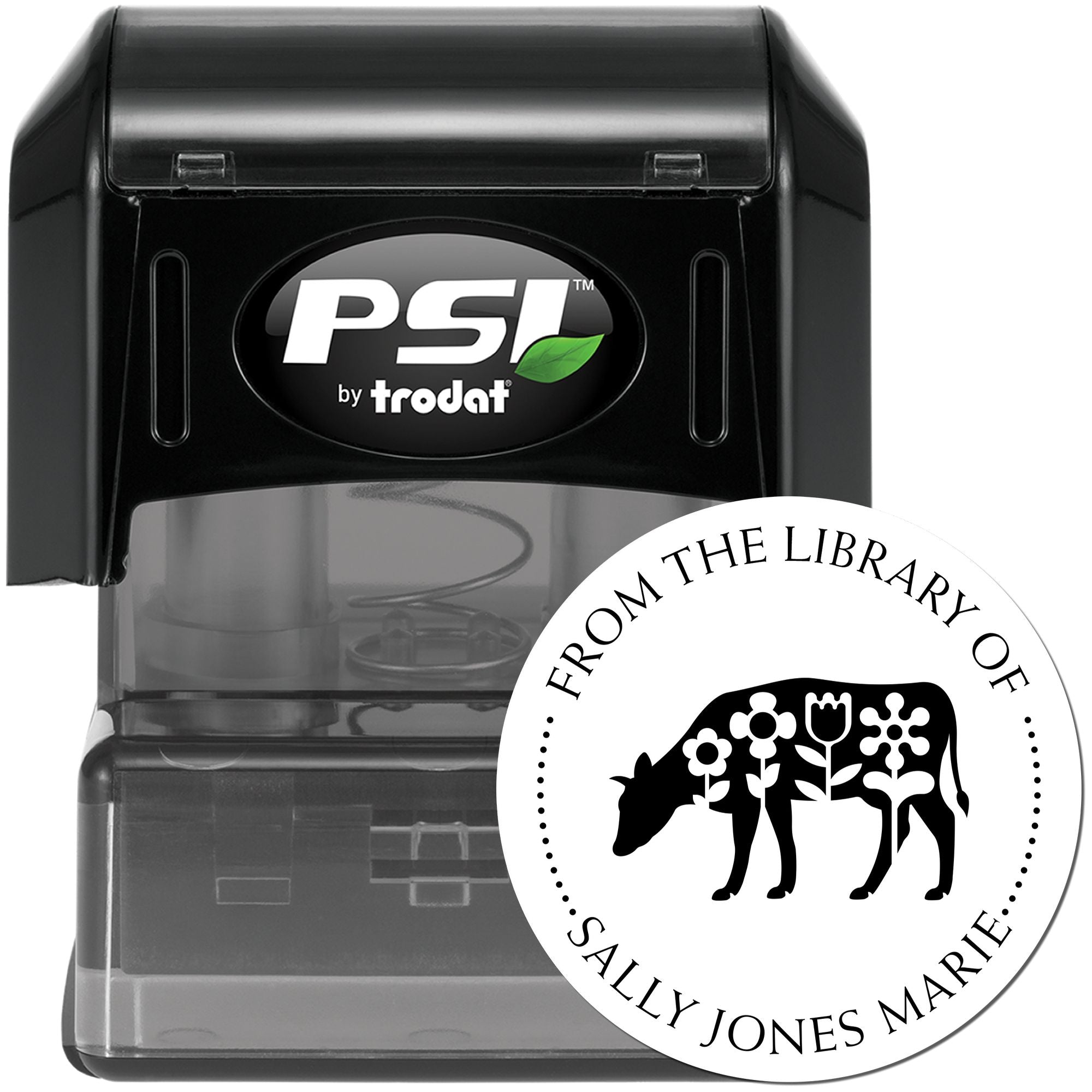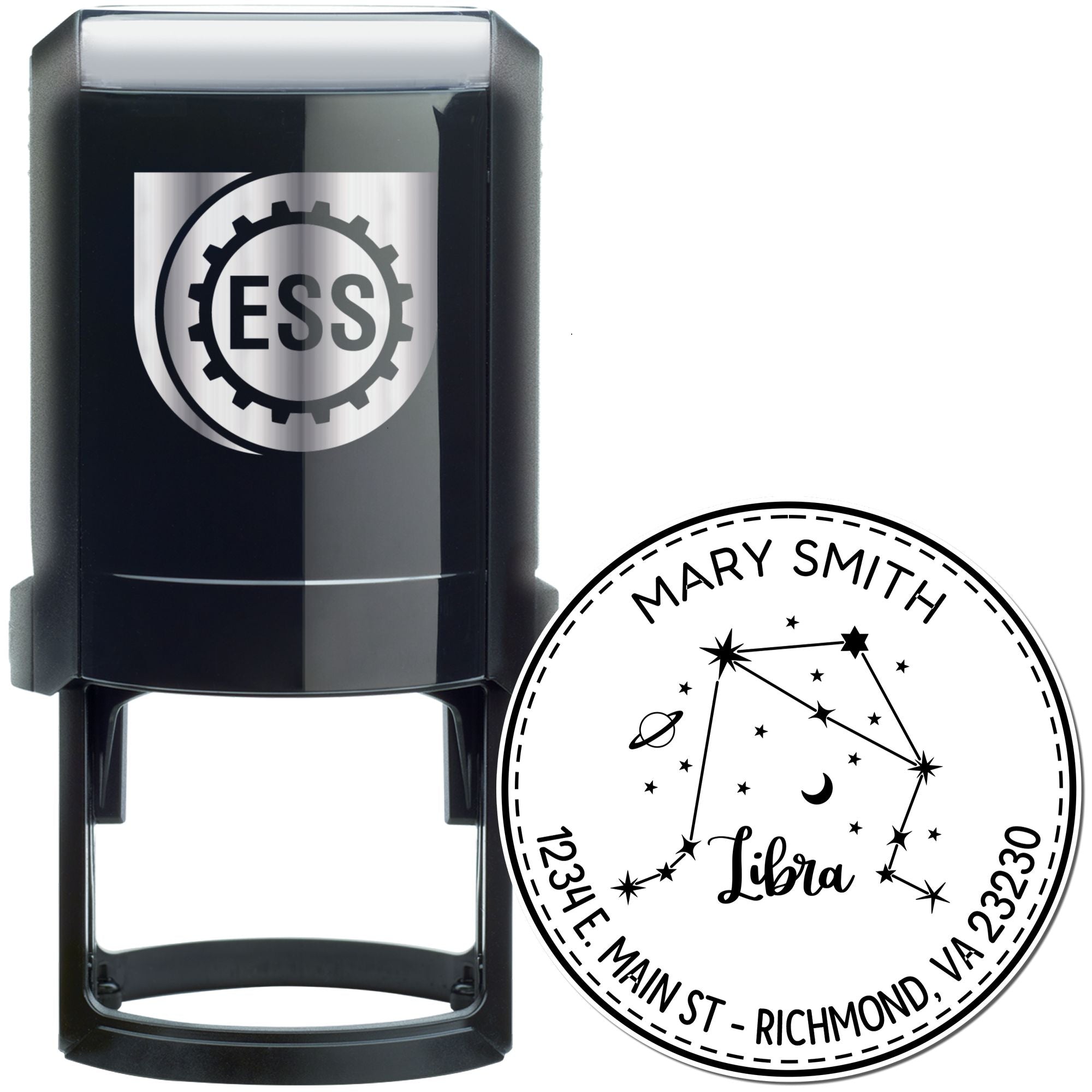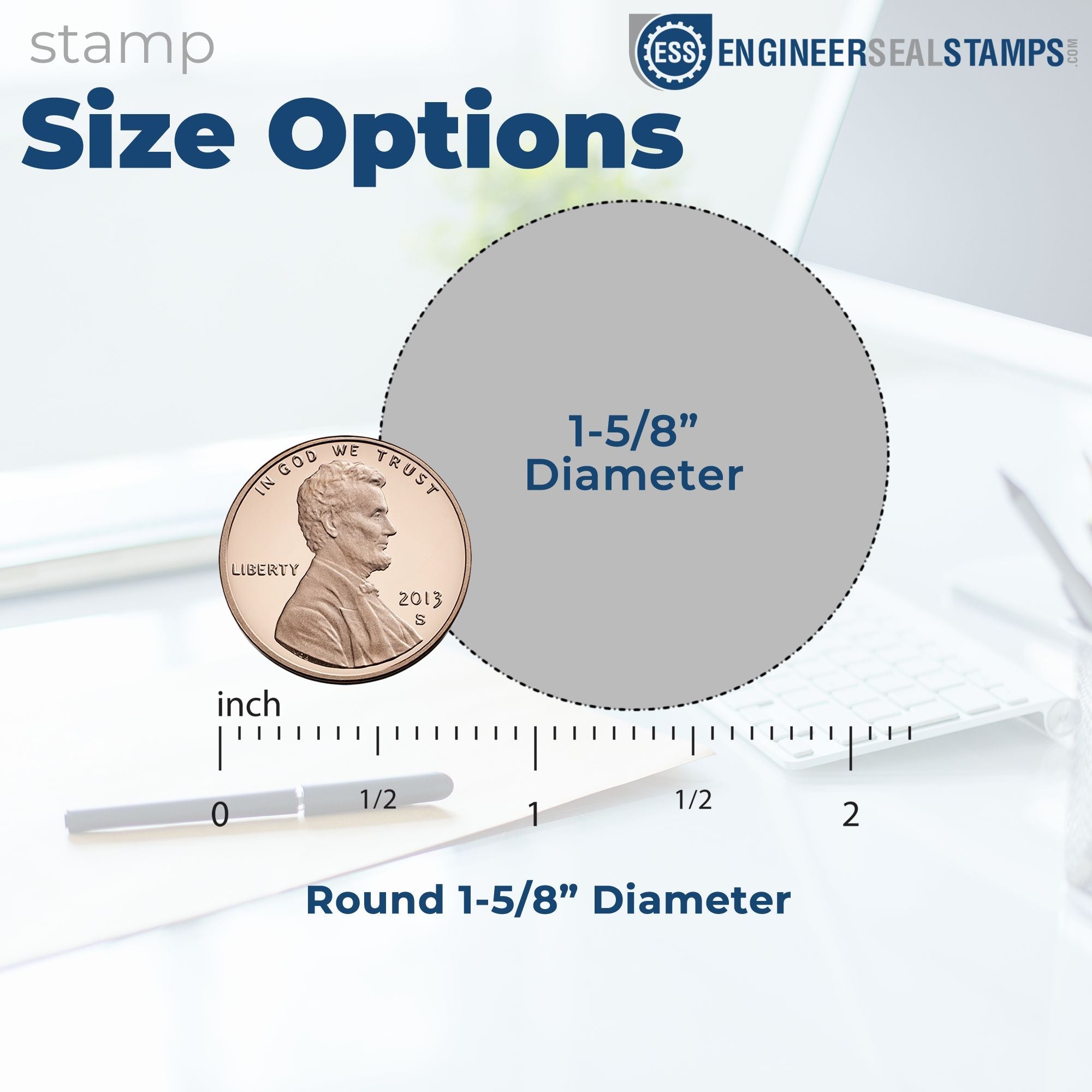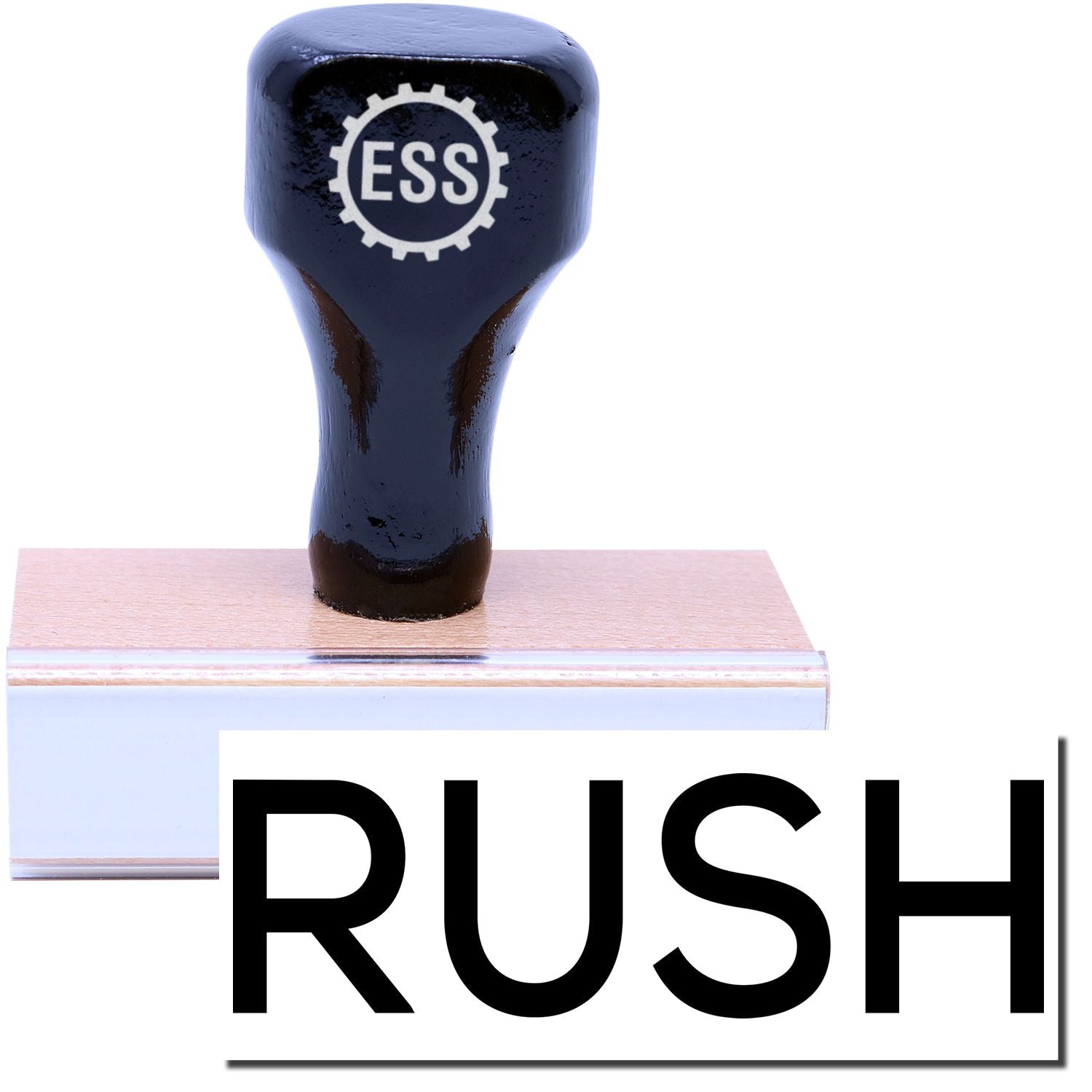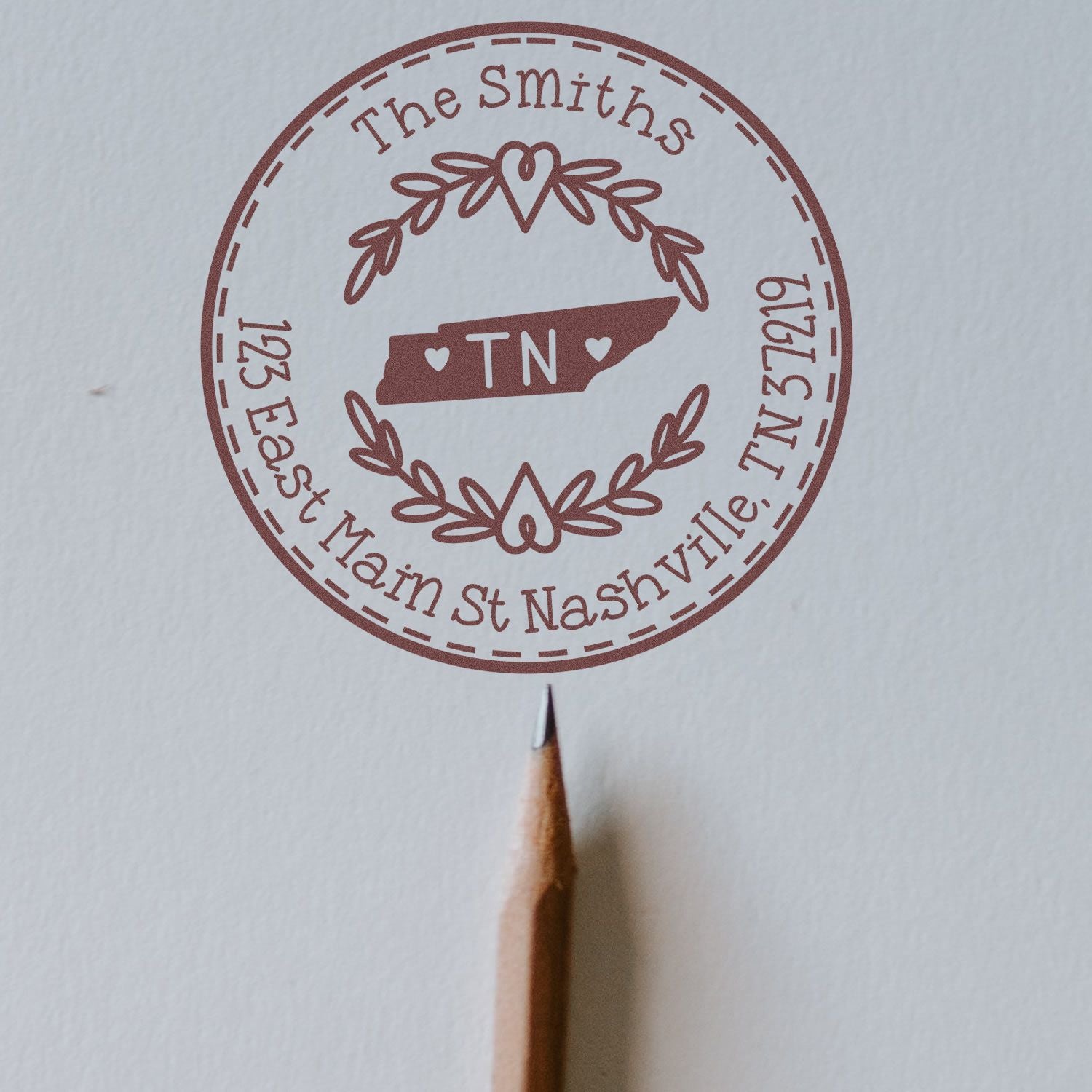The Importance of Effective Grading Systems
Grading plays a vital role in the educational system, providing students with feedback on their performance and helping teachers assess their understanding of the material. An effective grading system goes beyond assigning grades; it enhances the feedback process and streamlines evaluation. Let's explore these aspects in more detail.
Enhancing the Feedback Process
One of the primary purposes of grading is to provide students with meaningful feedback on their work. This feedback helps them understand their strengths and areas for improvement, fostering a culture of continuous learning. By using teacher stamps as part of the grading process, educators can enhance the feedback they provide.
Teacher stamps offer a quick and efficient way to communicate feedback to students. With a single stamp impression, teachers can provide clear and concise feedback on common areas such as organization, completeness, and creativity. This saves time while still ensuring that students receive the necessary information to improve their work.
By incorporating personalized designs and motivational messages into the stamps, teachers can also provide positive reinforcement and encouragement to students. This helps create a supportive learning environment and boosts student morale. For more information on personalized teacher stamps, check out our article on personalized teacher stamps.
Streamlining Evaluation
Efficient evaluation is essential for teachers to manage their workload effectively. An effective grading system helps streamline the evaluation process, allowing teachers to assess student work efficiently and provide timely feedback.
By utilizing teacher stamps, educators can quickly mark common errors or provide praise for exemplary work. The consistent and standardized feedback provided by stamps ensures that students receive fair and equitable evaluations. This consistency also helps teachers maintain objectivity in grading, reducing the chances of bias or subjectivity.
Additionally, teacher stamps can be used to mark frequently recurring comments or corrections, saving time and effort in writing the same feedback repeatedly. This allows teachers to focus more on providing personalized and in-depth comments where necessary.
To further streamline the grading process, teachers can incorporate stamps into their customized rubrics or grading systems. This ensures that students understand the criteria on which they are being evaluated and provides transparency in the grading process. For more information on different types of teacher stamps available, check out our article on teacher stamps.
By embracing effective grading systems and utilizing teacher stamps, educators can enhance the feedback process and streamline evaluation. These tools not only save time for teachers but also provide students with valuable feedback that supports their learning journey.
Introducing Teacher Stamps
When it comes to grading and providing feedback, teacher stamps have become an invaluable tool in the classroom. These stamps offer a convenient and efficient way for teachers to communicate with their students and provide clear, constructive feedback. Let's explore what teacher stamps are and the benefits they bring to the grading process.
What are Teacher Stamps?
Teacher stamps are specially designed rubber stamps that feature pre-made messages or designs commonly used in the classroom setting. These stamps can be customized to include various phrases, symbols, or images that are relevant to grading and evaluation. They are typically made of durable rubber material and mounted on a handle for ease of use.
These stamps serve as a time-saving alternative to handwriting comments or corrections on students' work. With a simple press, teachers can provide consistent and standardized feedback to their students, making the grading process more efficient and effective.
Benefits of Using Teacher Stamps for Grading
Using teacher stamps for grading offers several benefits for both teachers and students:
-
Time-saving: Teacher stamps eliminate the need for repetitive handwritten comments, allowing teachers to provide feedback quickly and efficiently.
-
Consistency: Using stamps ensures that the same feedback is consistently applied to students' work, promoting fairness and uniformity in the grading process.
-
Clarity and Constructiveness: Teacher stamps offer pre-made messages that are concise, clear, and constructive, helping students understand their strengths and areas for improvement.
-
Engagement and Motivation: Incorporating motivational stamps or reward stamps into the grading process can boost students' confidence and motivation, fostering a positive learning environment.
-
Organization: Stamps can be used to mark completed assignments or indicate specific criteria, helping teachers stay organized and easily track students' progress.
By incorporating teacher stamps into their grading routine, teachers can streamline their evaluation process while providing meaningful feedback to their students. To learn more about different types of teacher stamps available, check out our article on teacher stamps.
In the next section, we will explore the various types of teacher stamps available in the market, each offering unique features and benefits to cater to different grading needs.
Types of Teacher Stamps
When it comes to grading and providing feedback, teacher stamps are a popular tool used by educators to efficiently and effectively communicate with their students. There are several types of teacher stamps available, each with its own unique features and advantages. Let's explore three common types: traditional rubber stamps, self-inking stamps, and pre-inked stamps.
Traditional Rubber Stamps
Traditional rubber stamps are a classic choice for teachers. These stamps consist of a rubber impression mounted on a wooden handle. To use them, you need to ink the stamp using a separate ink pad. Traditional rubber stamps offer versatility as they can be easily customized with various designs and messages.
One advantage of traditional rubber stamps is their durability. With proper care, they can last for a long time, making them a cost-effective option for teachers. Additionally, the separate ink pad allows for the use of different ink colors, helping to enhance organization and visual appeal in grading. For more information on personalized designs for teacher stamps, check out our article on personalized teacher stamps.
Self-Inking Stamps
Self-inking stamps are a convenient option for teachers who prefer a mess-free and efficient grading process. These stamps have an integrated ink pad, eliminating the need for a separate ink pad. With each impression, the stamp automatically re-inks itself, ready for the next use. The built-in ink pad can typically be easily replaced once it runs out of ink.
One of the main advantages of self-inking stamps is their ease of use. The stamping process is quick and requires minimal effort, allowing teachers to save time during grading. Additionally, self-inking stamps provide consistent and clear impressions, ensuring legible feedback for students. For more information on self-inking teacher stamps, refer to our article on self-inking teacher stamps.
Pre-Inked Stamps
Pre-inked stamps are another popular option for teachers. These stamps contain ink within the stamping surface, eliminating the need for a separate ink pad. The ink is evenly distributed throughout the stamp, resulting in clean and crisp impressions.
One advantage of pre-inked stamps is their long-lasting ink supply. The ink reservoir can hold a significant amount of ink, allowing for thousands of impressions before needing to be re-inked. The re-inking process is typically straightforward and can be done by applying a few drops of ink to the stamp. For more information on custom teacher stamps, take a look at our article on custom teacher stamps.
By considering the different types of teacher stamps available, educators can select the option that best suits their grading needs and preferences. Whether you opt for traditional rubber stamps, self-inking stamps, or pre-inked stamps, the use of teacher stamps can enhance the grading process, provide clear feedback, and streamline evaluation in the classroom.
Customizing Your Teacher Stamps
To make your grading process more efficient and personalized, customizing your teacher stamps is an excellent option. By creating stamps that align with your specific needs and preferences, you can enhance the grading experience and provide meaningful feedback to your students. Here are some aspects to consider when customizing your teacher stamps: personalized designs, choosing the right size and shape, and selecting the appropriate ink color.
Personalized Designs
When it comes to teacher stamps, customization allows you to tailor the design to your specific requirements. You can choose from a variety of designs, including common symbols, motivational phrases, or even personalized messages. Personalized designs can have a significant impact on your students, as they add a personal touch to their assignments. It's important to select designs that align with your teaching style and the specific subjects you teach. For more information on personalized teacher stamps, check out our article on personalized teacher stamps.
Choosing the Right Size and Shape
The size and shape of your teacher stamp can play a crucial role in its usability and effectiveness. Consider the available space on your students' assignments and the level of detail you want to convey. A stamp that is too large may not fit in the designated area, while one that is too small might be difficult to read. Additionally, the shape of the stamp can also contribute to its functionality. Some teachers prefer rectangular stamps for providing feedback in specific areas, while others may opt for circular stamps for quick and concise marking. It's important to choose a size and shape that suits your grading needs and preferences. For more information on different types of teacher stamps, including self-inking and rubber stamps, visit our article on teacher rubber stamps and self-inking teacher stamps.
Selecting the Appropriate Ink Color
The ink color of your teacher stamp can have a visual impact on your students' assignments. It can denote different meanings or highlight specific aspects of their work. For example, using a red ink color for corrections and improvements can easily catch your students' attention. On the other hand, using a green ink color for positive feedback and commendations can create a sense of achievement. The choice of ink color is subjective and can vary based on your personal preference and the message you want to convey. Remember to choose an ink color that provides clear visibility and contrasts well with the assignment. For more information on teacher stamps and their usage, visit our article on teacher stamps for marking.
By customizing your teacher stamps with personalized designs, selecting the right size and shape, and choosing the appropriate ink color, you can create a grading experience that is efficient, effective, and tailored to your teaching style. Implementing these customizations can help you provide clear and constructive feedback to your students, ensuring their continuous growth and improvement.
Tips for Using Teacher Stamps Effectively
To make the most of teacher stamps for grading, it's important to use them effectively to provide clear feedback and streamline the grading process. Here are some tips to help you maximize the benefits of using teacher stamps in your classroom:
Providing Clear and Constructive Feedback
When using teacher stamps, it's essential to provide clear and constructive feedback to students. Instead of relying solely on generic phrases, consider using stamps that address specific areas of improvement or highlight areas of excellence. This targeted feedback helps students understand their strengths and areas for growth, allowing them to make progress in their learning journey.
For example, instead of using a generic "Good job" stamp, opt for stamps that provide specific feedback like "Excellent problem-solving skills" or "Work on organizing your ideas." By tailoring your feedback to each student's needs, you can provide meaningful guidance that supports their learning and growth.
Consistency in Stamp Usage
Consistency is key when using teacher stamps for grading. Establish a set of criteria or rubric to guide your stamp usage, ensuring that you use the same stamps for similar achievements or areas of improvement. This consistency helps students understand what each stamp represents and creates a clear and uniform grading system.
Additionally, it's important to consistently use the stamps throughout the year. Regular stamp usage reinforces the significance of the feedback and provides a visual representation of progress over time. Whether you use the stamps on assignments, quizzes, or tests, maintaining consistency in stamp usage helps create a sense of continuity in your grading process.
Incorporating Stamps into the Grading Process
To effectively incorporate teacher stamps into the grading process, consider using them alongside written comments or grades. While stamps can provide quick and visual feedback, combining them with personalized comments adds depth and specificity to your evaluation.
Furthermore, it's beneficial to provide students with an explanation of the meaning behind each stamp. This can be done through a class discussion or by distributing a stamp guide that outlines the purpose of each stamp used in your classroom. By ensuring students understand the significance of the stamps, they can better utilize the feedback to improve their work.
Remember, teacher stamps are just one tool in your grading arsenal. They should complement other forms of feedback, such as written comments and verbal discussions, to provide a comprehensive evaluation of student performance.
By following these tips, you can effectively utilize teacher stamps to provide clear and constructive feedback, maintain consistency in grading, and seamlessly incorporate stamps into your overall grading process. Together with other forms of feedback, teacher stamps can contribute to a more efficient and impactful evaluation of student work.
About ESS
At ESS - Engineer Seal Stamps, precision meets passion. As leading craftsmen in the industry, we meticulously design custom rubber stamps, professional seals, and notary stamps tailored to perfection. But what truly sets us apart is our unwavering commitment to stellar customer service. Every interaction, every product, and every detail is infused with our promise of excellence, further cemented by our esteemed state board guarantee. Our legacy is built not just on the stamps and seals we produce, but on the trust and satisfaction of the professionals we serve. With ESS, you don't just get a stamp; you experience a standard of service that's truly unparalleled.


